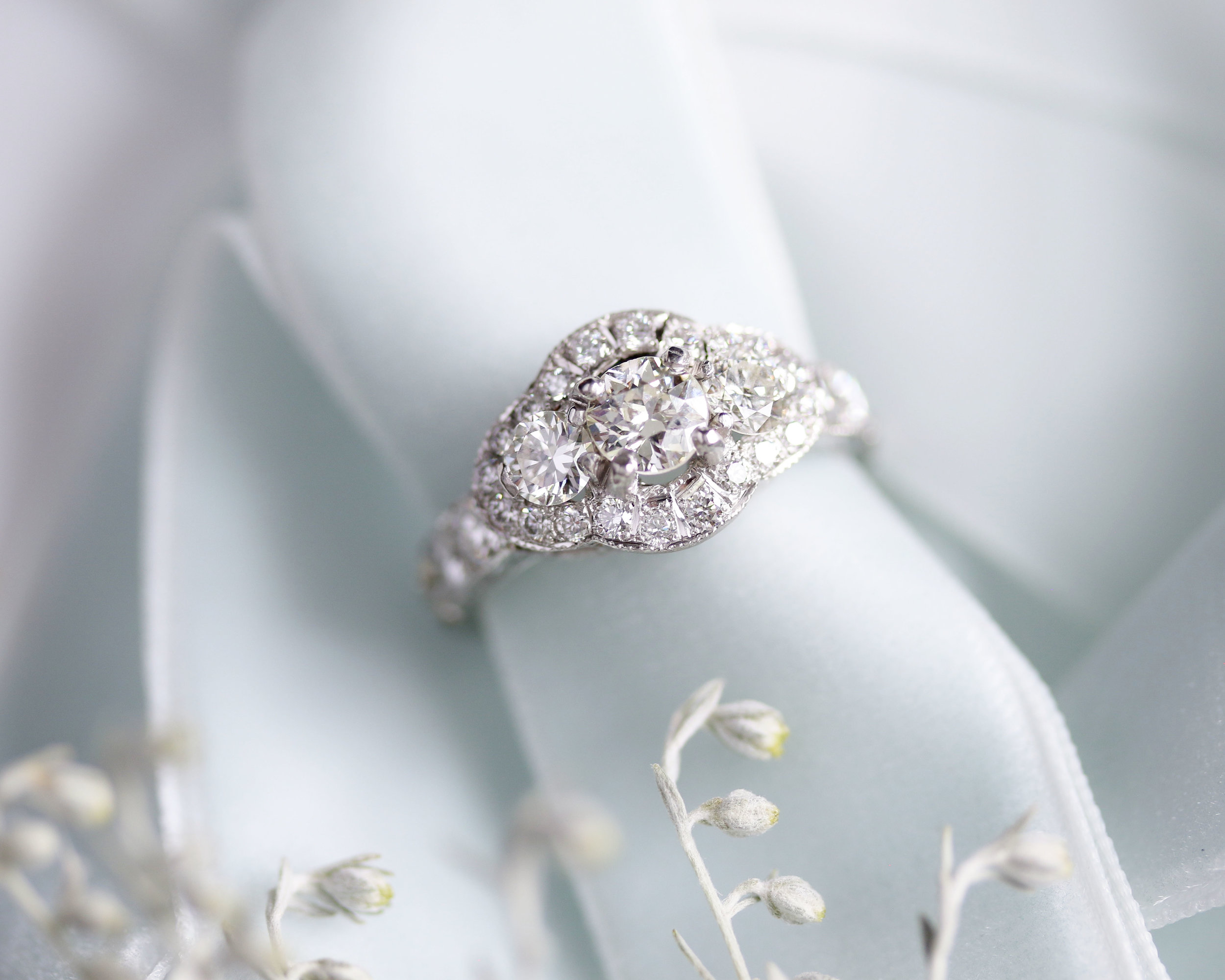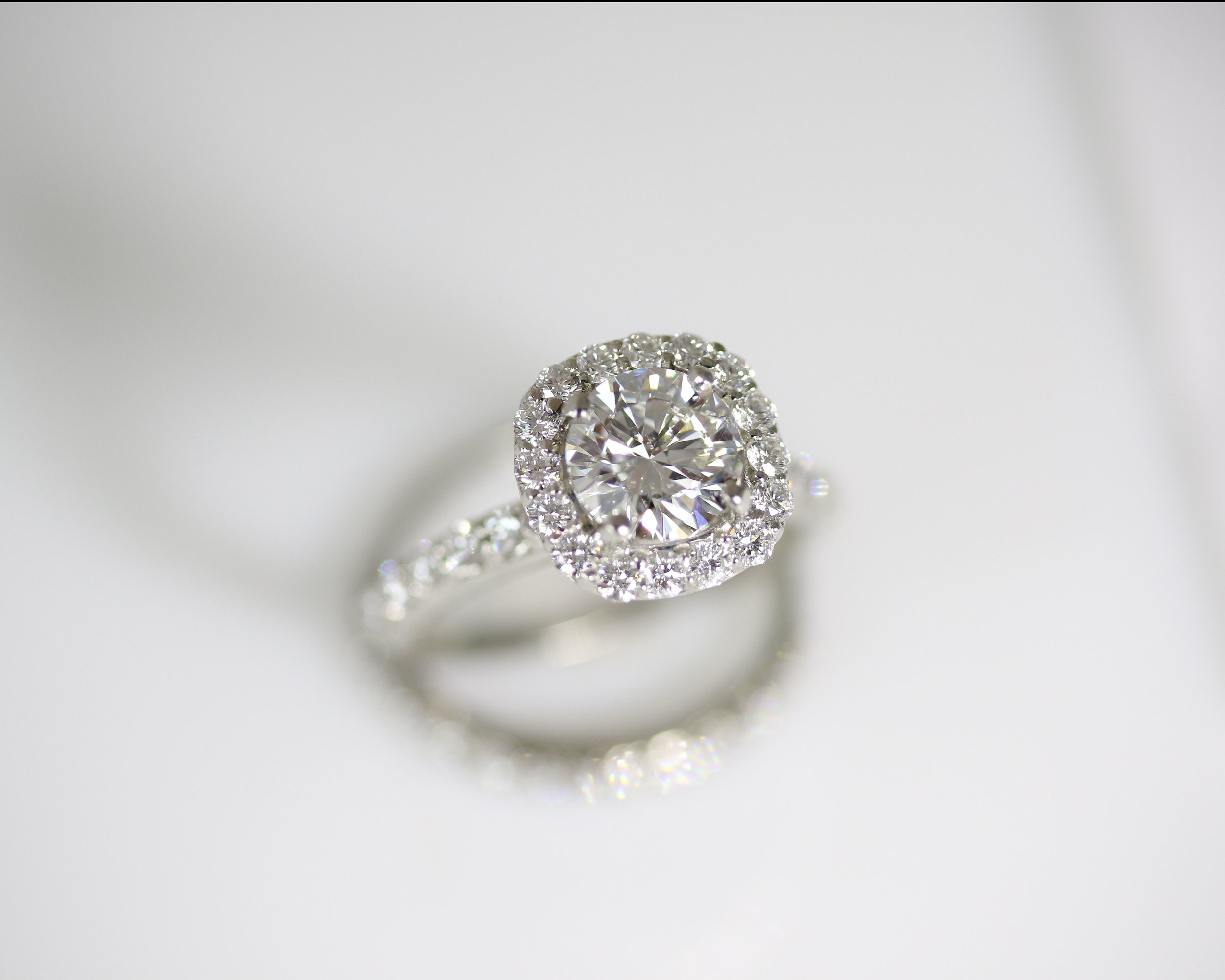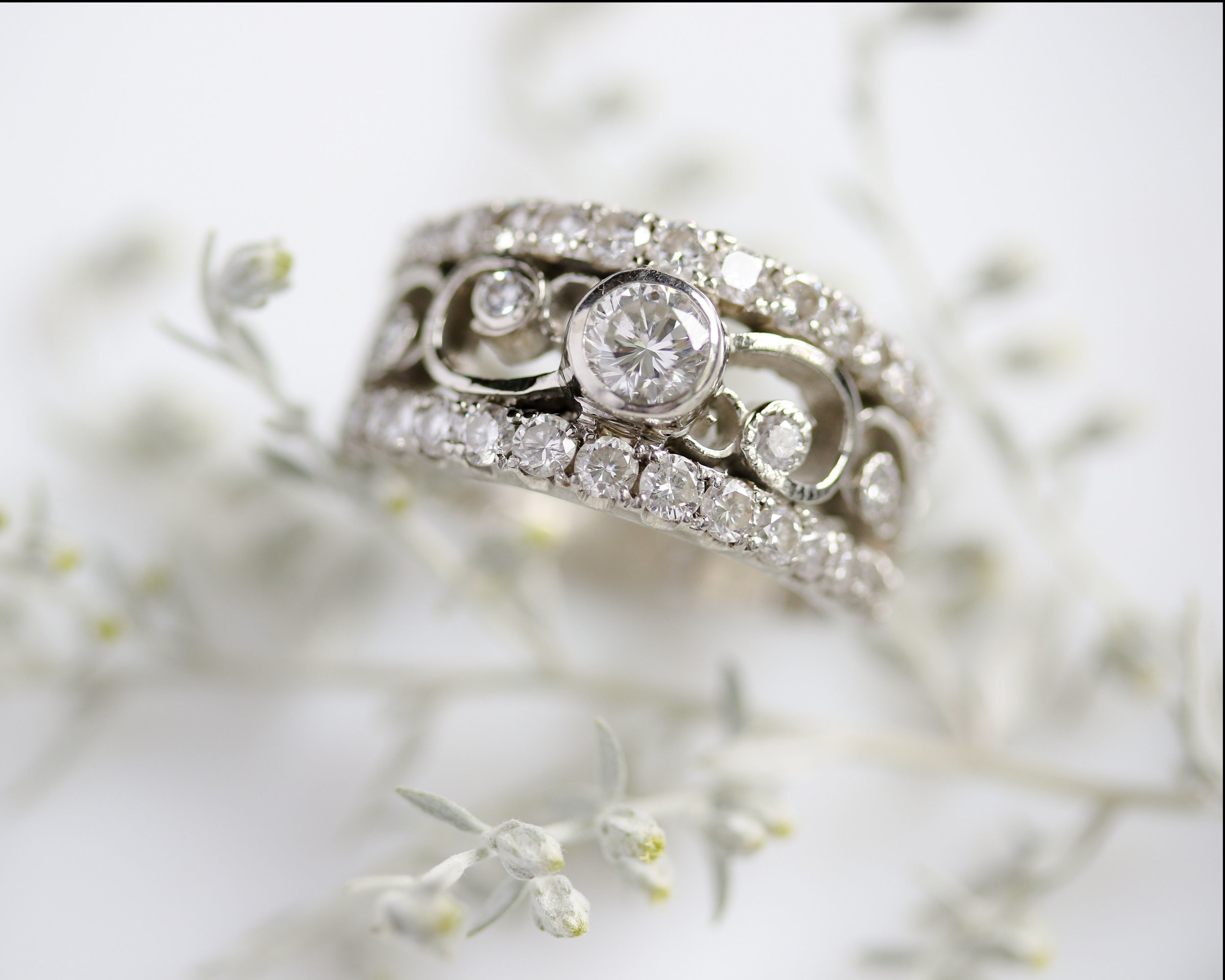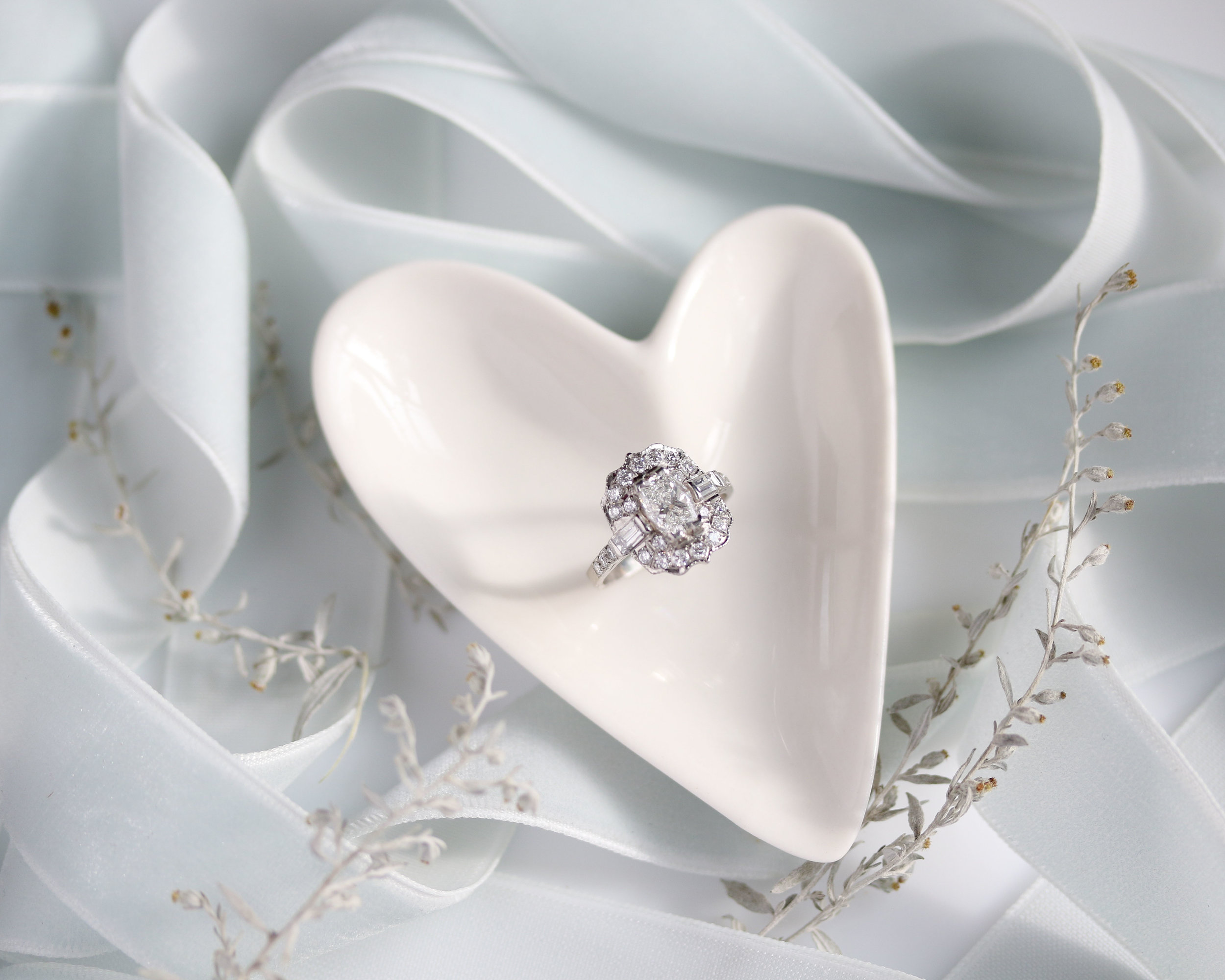The Other 4 C’s to Consider when buying an Engagement Ring
Give Her a Ring as Beautiful & Unique as Your Love Story
Pictured here: a bezel set engagement ring
We all know that choosing a diamond engagement ring takes quite a bit of time and consideration. We also know there are four C’s everyone says to consider when selecting the perfect diamond; cut, color, clarity and carats. But we think there a few other C’s that should be considered as you select a ring that is connected to the love story the two of you share.
All kinds of information is available when selecting the best diamond and you will find that information below. Let’s start with the things we think you should also consider when selecting the perfect engagement ring for the love of your life, your one true soulmate. These 4 C’s represent the authentic relationship between the two of you. Diamonds are an ideal symbol of love and Commitment. A diamond reflects your commitment to each other, one that is resilient, strong and enduring. The engagement ring is Connected to your love story. It represents your love story, one that is authentic and rare, just as your engagement ring should be. The engagement ring will be a daily Companion that will never get old or dull, just as the companionship the two of you share. It will be a timeless piece of jewelry, with the hope and promise of becoming a family heirloom.
Emmett considers the cut the most important quality to consider when selecting a diamond. A well-cut diamond will have both mirror-like facets and brilliance created by a “white-light” seen internally and externally. A diamond that is cut too deep or too shallow tends to have a lackluster appearance, which will reduce its value and brilliance.
When it comes to the color of a diamond, less is more. The less color in a diamond, the higher the grade. The GIA scale ranges from d, colorless to Z light yellow or brown diamonds. Colorless diamonds are very rare and seldom used in jewelry.. Emmett prefers f or g graded diamonds.
Similar to color, the clarity of a diamond is also measured on a scale. The Clarity Scale has 6 categories, some of which are subdivided making for a total of 11 grades. The clarity is always graded under a 10x magnification. The flawless (FL) diamond has no inclusions or blemishes visible under 10X magnification, while the Internally Flawless (IF) has no inclusions under the same magnification. Inclusions occur when the diamond forms in the earth's mantle, as it was crystallized under heat and pressure, so while there are treatments that boast creating a clearer stone, a “flawless" diamond is extremely rare. Diamonds that are graded Very, Very Slightly Included (VVSI) to Very Slightly Included (VSI) have inclusions that are observed by a trained eye and sometimes even those inclusions are difficult to see. Emmett recommends that clients choose a diamond that is Slightly Included (SI1-SI2). The inclusions in this grade of diamond will have noticeable inclusions under a magnification lens. The Included (I) graded diamond will have obvious inclusions under 10x magnification, but the transparency and brilliance will also be affected. of 10x. Diamonds that are graded in the SI1 and SI2 range are slightly included but their imperfections are often invisible to the naked eye.
Carats refer to the weight of the diamond. As the carat size increases so does the rarity and the cost of the diamond. The higher the Carat weight does not mean that it will be bigger,nor better. But a diamond that has a bigger carat weight doesn't necessarily mean it will look bigger. The appearance of size all depends on not only the shape of the diamond, but the different designs and mountings you choose.





